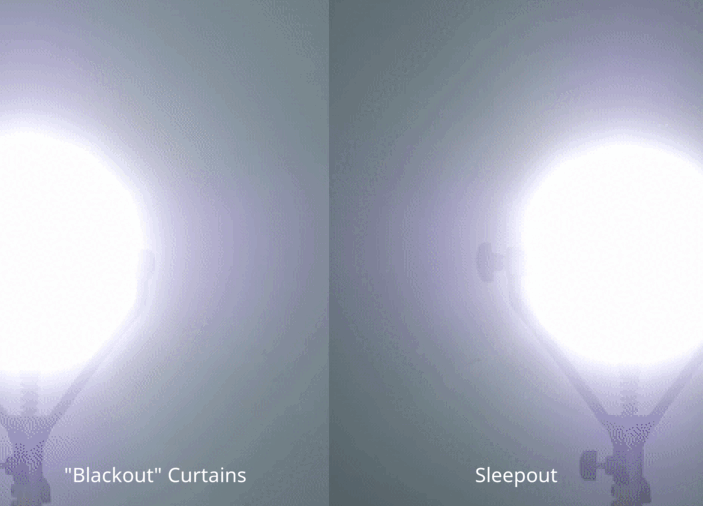Artists and designers often grapple with the challenge of controlling light within their workspace to enhance the aesthetic appeal of their creations. Proper lighting can drastically alter the perception of colors, shadows, and textures in artistic works. Here, we explore several techniques to maximize and manipulate light reflection, which can significantly refine the visual presentation and impact of your artistic endeavors.
Understanding Light Reflection
Light reflection occurs when light rays bounce off surfaces. The quality of reflection is influenced by the surface’s texture and color; smooth, light-colored surfaces reflect light better than rough, dark-colored ones. Understanding this basic principle is crucial for artists who wish to manipulate light effectively within their workspaces or in their actual artworks.
Utilizing Reflective Surfaces
Incorporating reflective surfaces in and around your work area can enhance light effectiveness. Here are a few ways to use reflective surfaces:
- Mirrors: Strategically placing mirrors can double the light in a room by bouncing it back. This is particularly useful in dark corners of a studio.
- Glossy Finishes: Using paints and finishes with a glossier sheen on walls and ceilings can help reflect more light, brightening up the space significantly.
- Metallic Surfaces: Incorporating elements like metallic frames, fixtures, or sculptures can introduce additional light reflection into a space.
Choosing the Right Colors
Colors play an integral role in the reflection of light. Light colors reflect most light, thus brightening a room. Dark colors absorb light, which can be used to reduce glare. As an artist, using reflective light-colored canvases or backgrounds can help illuminate your work naturally. Alternatively, dark surrounds can draw attention to colors and details in the lighter parts of your work.
Directing Light Through Angles
Manipulating the angle of light can also enhance light reflection. Using adjustable lighting setups, like swivel lamps, allows you to direct light exactly where it is needed, effectively highlighting areas or creating shadows for dynamic effects in your artwork.

Controlling Light with Blackout Curtains
While enhancing light is crucial, controlling excess light is equally important, especially for digital artists and photographers. Sleepout Home Blackout Curtains provide an excellent solution for controlling natural light. By installing blackout curtains, you can prevent unwanted light from interfering with your perception of colors and details, maintaining the true integrity of your visual elements.
Reflection Enhancers in Art Supplies
Some art materials are designed to reflect light differently to create specific effects. Metallic paints, iridescent mediums, and glossy varnishes can be used to enhance the light-reflective quality of your artworks. Experimenting with these materials can add depth and dimension to your pieces.
Conclusion
Mastering the manipulation of light and reflection can dramatically impact the quality and perception of your artistic works. From using reflective materials and surfaces to incorporating strategic lighting setups, and utilizing light-controlling solutions like blackout curtains, the possibilities are vast. Embrace these techniques to bring new levels of dynamism and professionalism to your artistic endeavors.


